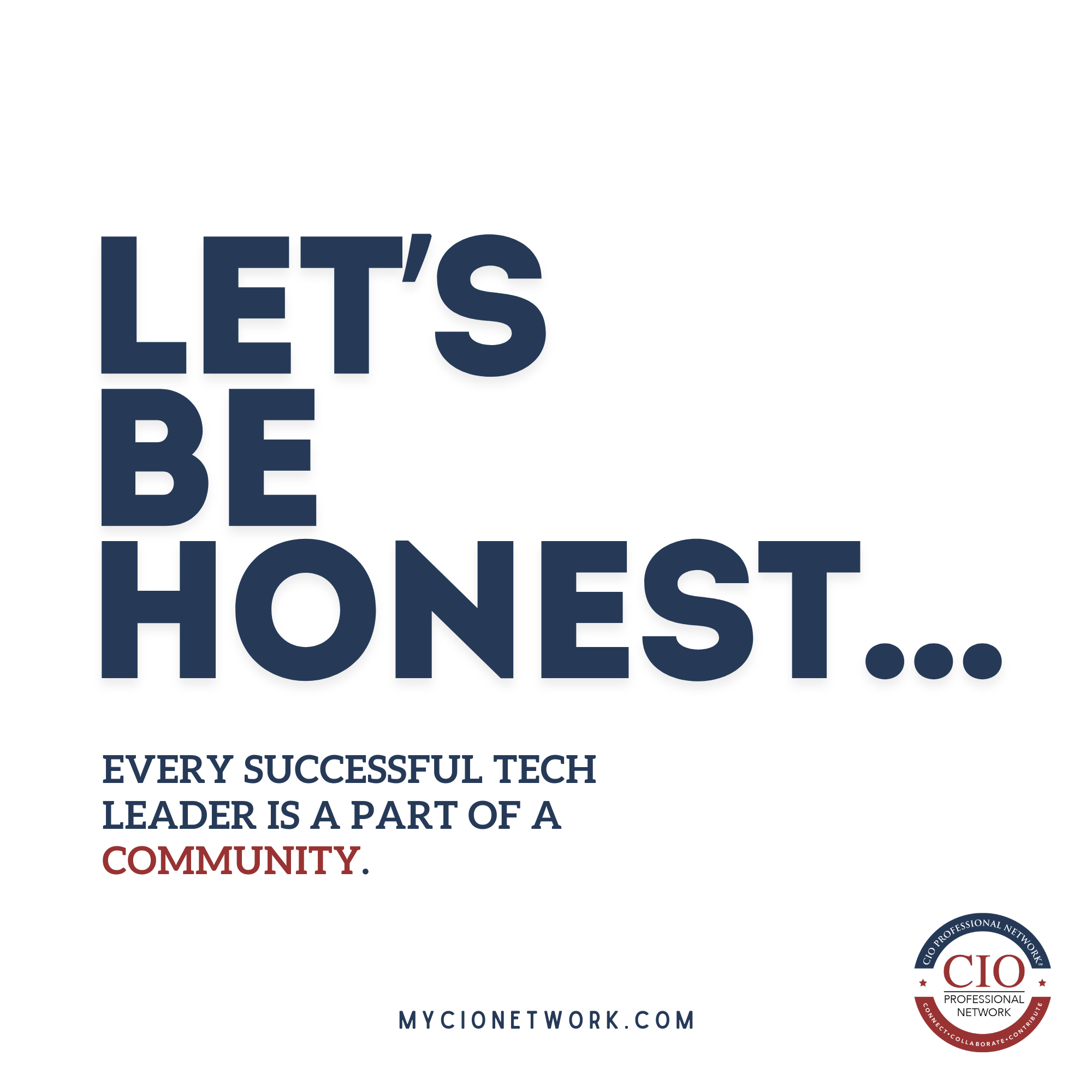Gen Z (born 1997–2012) is transforming the workforce. As their presence grows across IT, engineering, and digital product teams, their expectations around flexibility, purpose, and mental health are reshaping how organizations attract, lead, and retain talent. For CIOs and technology leaders, this generational shift is a strategic imperative. Misunderstanding Gen Z risks undermining agility, increasing attrition, and slowing transformation.
Embracing Flexibility and Purpose
Gen Z employees prioritize work-life balance and meaningful work.
According to the Deloitte Global 2025 Gen Z and Millennial Survey, 86% of Gen Z respondents say having a sense of purpose is important to job satisfaction, and nearly half would not work for employers whose values conflict with their own. Flexibility also remains a top priority: 75% of Gen Z respondents said they would prefer hybrid or remote work models long-term, and many are willing to switch jobs for better work-life balance.
This reaffirms that flexibility and purpose are not just preferences; they’re expectations that shape where and how Gen Z chooses to work.
Mental Health and Well-being
Mental health support is a significant concern for Gen Z. According to the Deloitte Survey, only 51% of Gen Z rate their mental health as good or extremely good, with 40% feeling stressed all or most of the time. These numbers highlight a growing expectation that employers not only acknowledge but actively support mental health in the workplace.
Recognizing this, colleges and universities are beginning to adapt.
Institutions like Wake Forest, Johns Hopkins, and the University of Washington are reimagining career services to emphasize holistic development over rigid job placement. This includes teaching professional communication, setting boundaries, and exploring careers aligned with personal values and wellness.
Many colleges are now integrating mental health programming into their career development models. These programs reflect Gen Z’s preference for “life design” thinking, prioritizing balance and self-awareness just as much as technical preparedness. This signals to technology leaders and HR leaders alike that future hires will come in expecting workplace cultures that support emotional well-being as foundational, not optional.
Communication Reboot
Gen Z’s communication preferences differ markedly from previous generations. A survey by LinkedIn and Duolingo, found that 48% of Gen Z and millennials feel disconnected at work due to excessive use of corporate jargon. Instead of asking for clarification, many resort to silently Googling terms a workaround that signals a deeper issue: communication in the workplace isn’t serving everyone equally.
This breakdown is especially critical in IT and digital transformation environments where clarity, precision, and speed are paramount.
For CIOs and tech leaders, communication is a strategic capability. If younger team members misunderstand priorities or feel alienated by the language used in sprint planning, product briefs, or strategy decks, the ripple effects include slower execution, misalignment, and reduced innovation.
Moreover, Gen Z prefers asynchronous, tech-enabled communication platforms, Slack threads, project boards, voice notes, over formal meetings or ambiguous memos. CIOs who adapt their internal comms strategy to embrace these preferences will not only foster inclusion but also improve team agility. Embedding clarity into tech documentation, aligning on shared terminology, and creating feedback loops across age groups will boost both engagement and performance.
At its core, effective communication is a prerequisite for digital leadership. If leaders want to unlock the full potential of a multigenerational workforce, they’ll need to lead the charge in making communication more transparent, collaborative, and accessible to every team member regardless of generation.
Navigating the AI Landscape
While Gen Z is one of the most digitally fluent generations, their relationship with emerging technologies, particularly AI, is nuanced. On one hand, they are natural adopters, often integrating tools like ChatGPT, Midjourney, or GitHub Copilot into their workflows without formal training. On the other hand, a growing body of research reveals a degree of unease: Gen Z values job security and stability, and many fear being replaced or rendered obsolete by automation.
This paradox presents both a challenge and an opportunity for leaders.
As the architects of digital transformation, CIOs must not only implement AI strategically but also demystify it for their workforce. Failing to address fears and misconceptions can erode trust, reduce morale, and slow adoption. Those who proactively educate employees about AI’s role through lunch-and-learns, internal documentation, and real-time use cases will create a culture of curiosity rather than fear.
Moreover, involving Gen Z in the planning and rollout of AI initiatives can turn anxiety into engagement. Leaders should identify younger team members as early adopters or beta testers in pilot programs. By positioning them as collaborators, not just end users, CIOs empower a generation that’s eager to lead but anxious about the pace of change.
In essence, if digital transformation is the engine, and AI is the fuel, then people are the drivers.
Leaders who look to make Gen Z feel capable, confident, and included mitigate the risk of stalling the very transformation they aim to accelerate.
How CIOs Can Lead the Gen Z Workforce
To lead Gen Z effectively, CIOs must expand their leadership toolkit beyond technical fluency and process optimization.
This generation demands a leadership style rooted in purpose, personalization, and people-first thinking. They want transparency in decision-making, emotional intelligence in management, and continuous feedback in their development journey.
Traditional top-down leadership models are increasingly ineffective. Instead, leaders should consider democratizing innovation and creating space for younger voices in strategy conversations. This doesn’t mean ceding authority; it means redefining it. Leadership becomes less about control and more about coordination, less about expertise and more about ecosystem-building.
Flexibility must also extend beyond scheduling. Gen Z responds to environments where they can shape their roles, work in cross-functional teams, and pursue learning pathways tailored to their interests. Leaders who build these structures into their departments will see greater engagement, retention, and speed of execution.
Crucially, Gen Z is mission-driven. They want their work to matter. CIOs can harness this by connecting technical initiatives to real-world outcomes, showing how data governance supports privacy, or how infrastructure upgrades reduce environmental impact.
When Gen Z sees that IT is not just about systems, but about solving human problems, they become more than just productive, they become passionate.
In short, leading Gen Z well is not just an HR objective; it’s a digital advantage. CIOs who align their leadership approach with generational values will build stronger, smarter, faster, and more future-ready organizations.
The Wrap
As Gen Z becomes a dominant force in the workforce, their influence is already reshaping the culture, expectations, and leadership paradigms within enterprise IT. For CIOs, the challenge and opportunity lie in adapting to this generational shift by cultivating environments built on purpose, flexibility, transparency, and empathy. Embracing these principles ensures the successful integration of Gen Z and strengthens the organization’s ability to innovate, attract top talent, and navigate the complexities of digital transformation.
CIOs who lead with inclusivity and foresight will accommodate a new generation and unlock its potential.
The future of tech leadership isn’t just about staying current with tools; it’s about staying connected with the people who power them.







